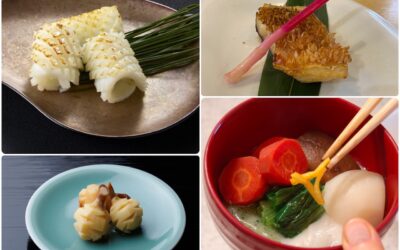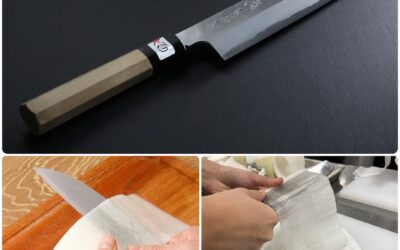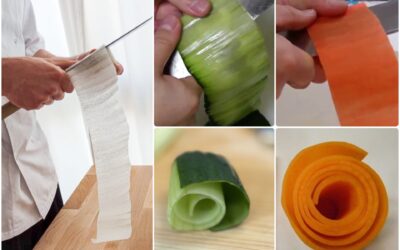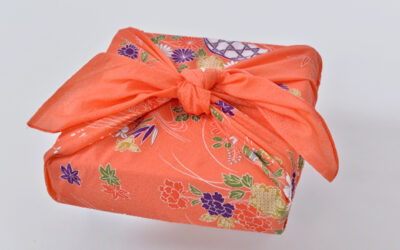PROJECT Bean-Throwing for Setsubun
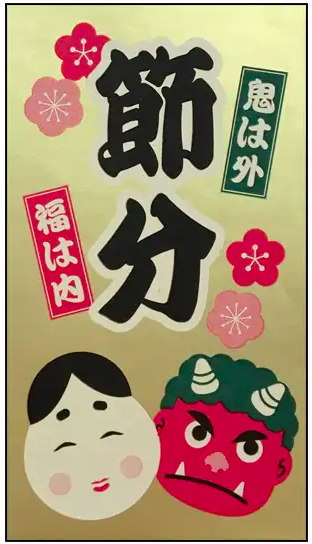
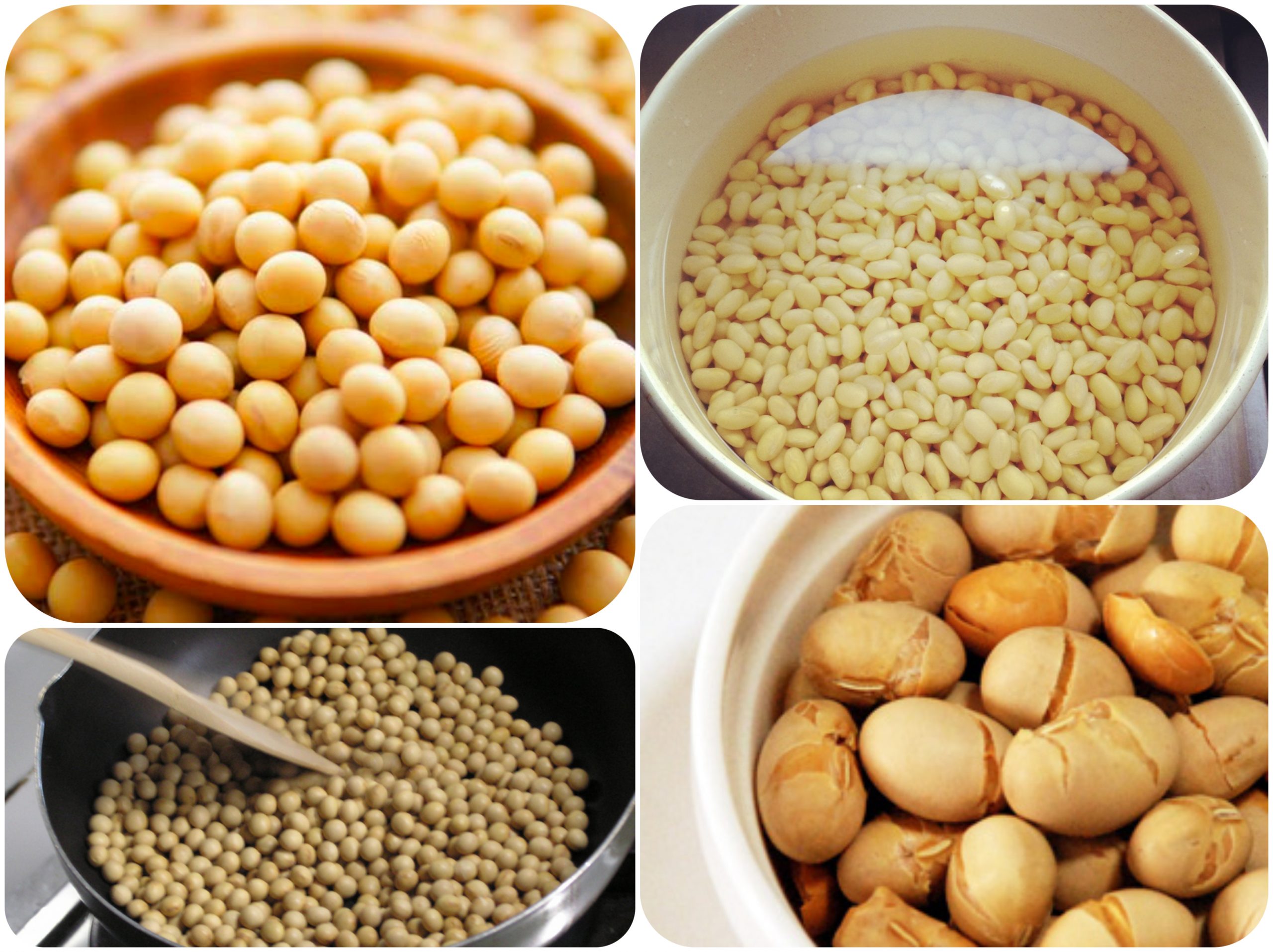
FUKU wa UCHI ONI wa SOTO
Bring in Good Fortune! Throw out the ogres!
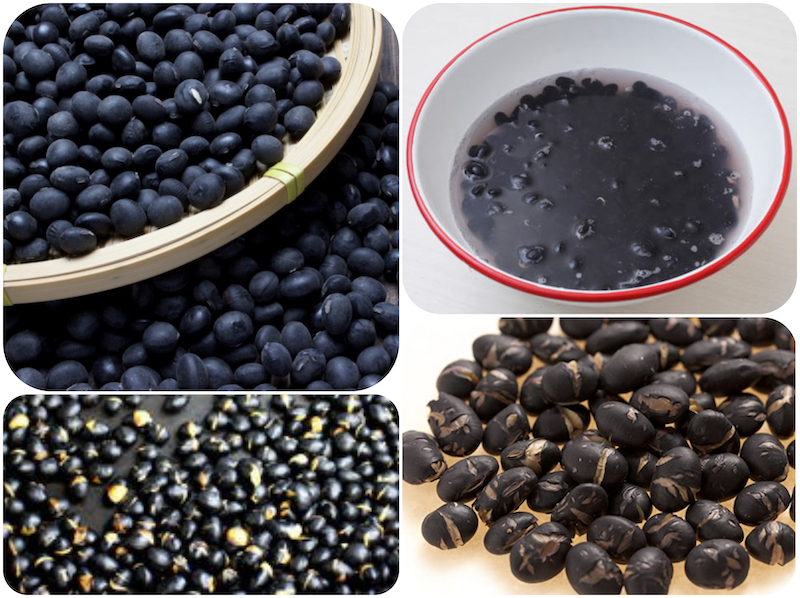
DOWNLOAD a recipe for Fuku Mamé roasted soybeans
節分
Setsubun, a marker on the ancient, lunar-based koyomi calendar indicates the start of a new season; setsubun breaks occur many times during the year. Today in Japan the setsubun that is most celebrated occurs in early February (this year, 2025, it falls on February 2).
Setsubun corresponds to the start of the lunar New Year and in other parts of Asia, China for example, this break is celebrated as New Years. But in Japan, since it switched to using the Gregorian calendar in the Meiji period, Setsubun is quite apart from Oshōgatsu (New Year activities), which comes to a close in mid-January.
Setsubun rituals developed to insure that evil was left behind in the old year, and good things could (and would) happen in the year to come. Oni monsters personify bad things and are traditionally expelled by shouting and throwing dry-roasted soybeans. Throughout Japan, school children make monster masks to don while they yell:
ONI WA SOTO 鬼は外 (throw the ogres out!)
This is shouted standing at the entrance to your home, school and/or place of business while throwing several beans OUT, over your shoulder.
FUKU WA UCHI 福は内 (bring in good fortune!)
This said after you turn around and throw a few beans over your shoulder IN to your place of business, school, or home.
Finally, eat the same number of beans as your age. (I love dry-roasted soybeans and each year I am glad to eat more of them!)
Visit my Kitchen Culture blog to learn about An Edible Ode to Winter: Sleet & Snow.
Read my January, 2025 newsletter.
PROJECT Symbolic Pine
Because pine trees are hardy evergreens, they are a symbol of longevity and resilience in Japanese culture. As such they are a key motif used at New Year’s. Various foods are configured to resemble pine. Cones (matsukasa) and needles (matsuba) are the most frequently...
Katsura Muki, gossamer thin peels
Daikon radish is peeled into long, seemingly impossibly thin ribbons in a cut known as katsura muki. The skill needed to produce these peels is the most basic requirement in any Japanese professional kitchen. It typically takes months (if not years) of daily practice...
PROJECT Katsura Muki
This PROJECT is about learning to make katsura muki, a classic cutting technique in the traditional Japanese kitchen. When done properly, long, flowing, continuous and incredibly thin peels are produced from vegetables such as daikon radish, cucumbers and carrots. In...
Tsutsumu… wrapping, enveloping
Written with calligraphy for “bath” (furo 風呂) and “spread out” (shiki 敷) the word is rather curious for a piece of cloth. It seems the origins hark back to the Muromachi Period (1336-1573 AD) when Daimyo lords would spread out a cloth in which to wrap their clothing...
PROJECT Symbolic Pine
Because pine trees are hardy evergreens, they are a symbol of longevity and resilience in Japanese culture. As such they are a key motif used at New Year’s. Various foods are configured to resemble pine. Cones (matsukasa) and needles (matsuba) are the most frequently...
Katsura Muki, gossamer thin peels
Daikon radish is peeled into long, seemingly impossibly thin ribbons in a cut known as katsura muki. The skill needed to produce these peels is the most basic requirement in any Japanese professional kitchen. It typically takes months (if not years) of daily practice...
PROJECT Katsura Muki
This PROJECT is about learning to make katsura muki, a classic cutting technique in the traditional Japanese kitchen. When done properly, long, flowing, continuous and incredibly thin peels are produced from vegetables such as daikon radish, cucumbers and carrots. In...
Tsutsumu… wrapping, enveloping
Written with calligraphy for “bath” (furo 風呂) and “spread out” (shiki 敷) the word is rather curious for a piece of cloth. It seems the origins hark back to the Muromachi Period (1336-1573 AD) when Daimyo lords would spread out a cloth in which to wrap their clothing...

